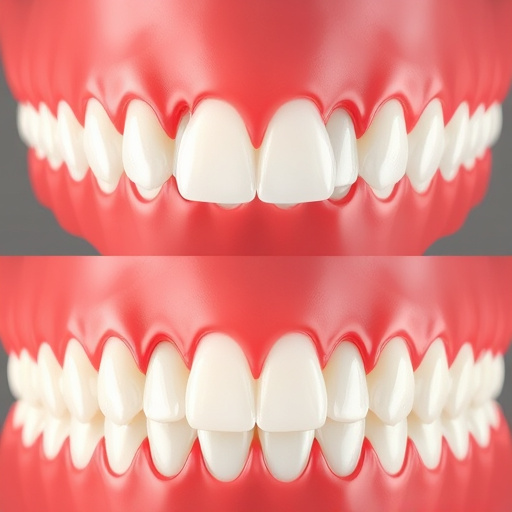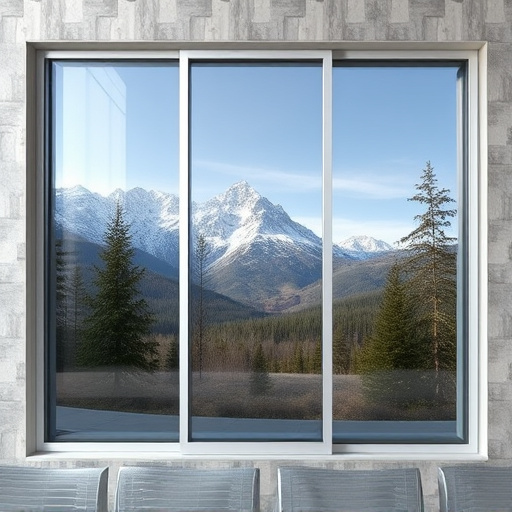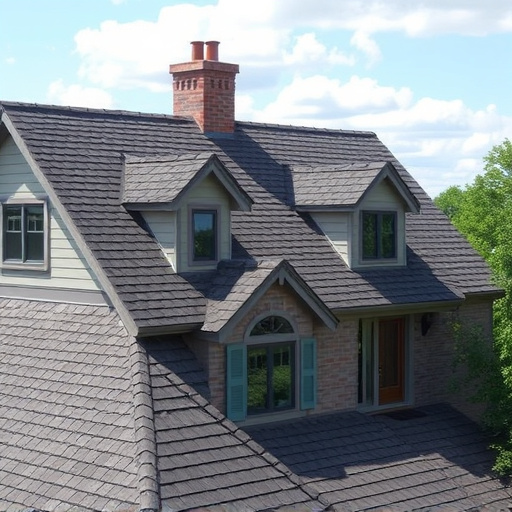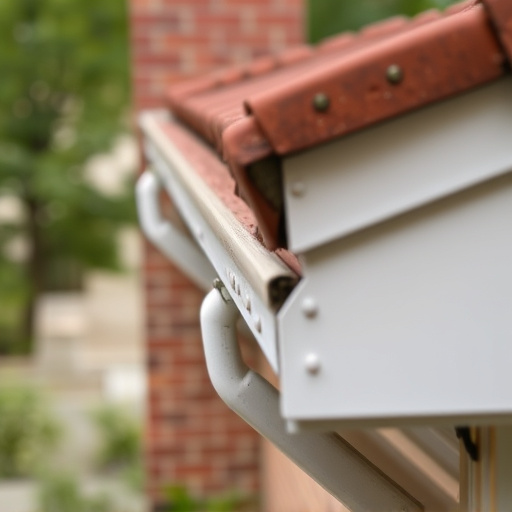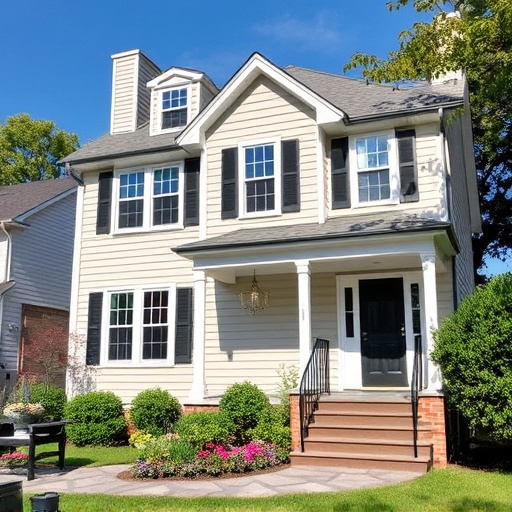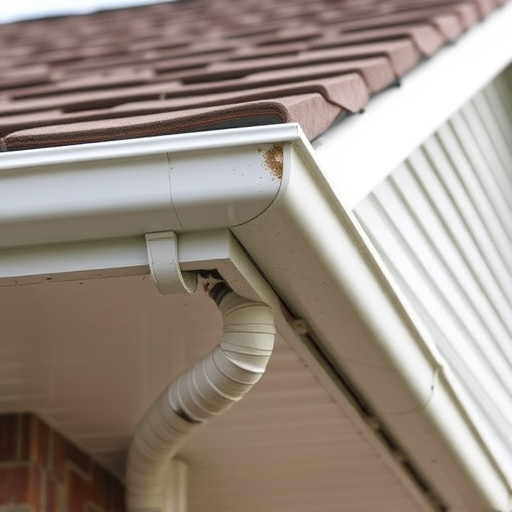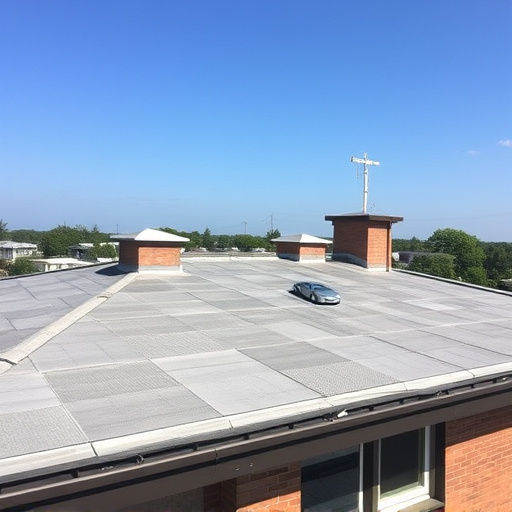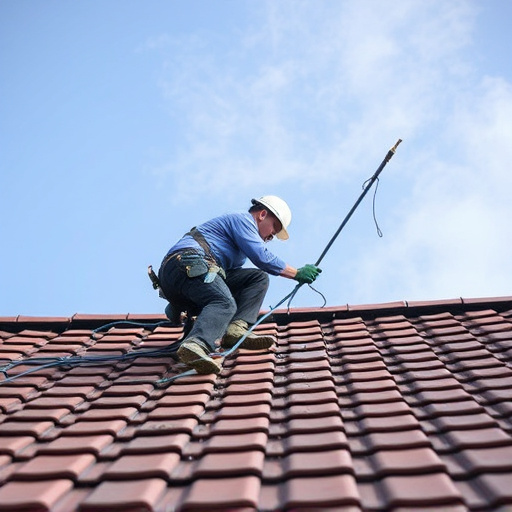Regularly inspect wood siding for damage and rot. Newer siding may need less maintenance while older siding requires more care. Choose sealing, painting, or staining based on protection needs and aesthetics. Replacing siding is necessary if it shows severe cracks, warping, or decay. For intact siding, painting or staining can restore its beauty. Regular cleaning and sealing prolongs wood siding lifespan. Seasonal inspections help determine needed repairs or replacements.
“Extending the life of your home’s exterior is crucial for curb appeal and protection against the elements. When it comes to wood siding, proper maintenance through sealing, painting, or staining is essential. This guide navigates the nuances of caring for your wood siding, offering insights on assessing damage and age, understanding sealants, paints, and stains, and determining whether to replace or maintain. Discover expert tips for keeping your home’s exterior vibrant and durable.”
- Assessing Wood Siding Damage and Age
- Understanding Sealants, Paints, and Stains
- When to Replace vs. Maintain Wood Siding
Assessing Wood Siding Damage and Age
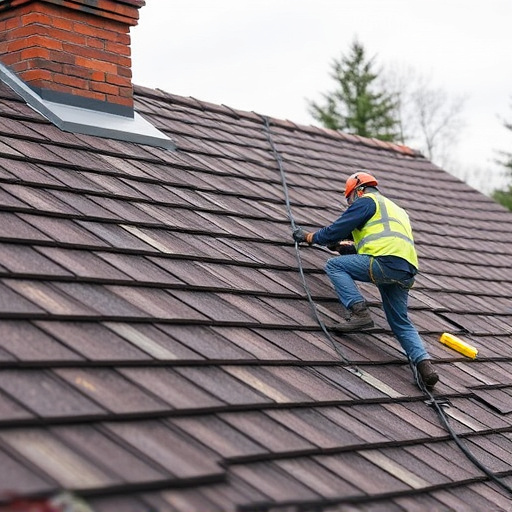
Before deciding on sealing, painting, or staining your wood siding, it’s crucial to assess its condition and age. Wood siding can endure various damages over time, from minor scuffs and scratches to more severe issues like rot, warping, or peeling. Regular inspection will help you identify these problems early, allowing for timely repairs that extend the life of your siding.
In addition to physical damage, the age of your wood siding plays a significant role in determining its maintenance needs. Newer siding may require less frequent sealing or painting compared to older siding, which might need more extensive care to restore its original appearance. Considering these factors will guide you in choosing the most suitable option for maintaining and enhancing the beauty of your wood siding—whether it’s a simple touch-up or a complete roofing and siding replacement.
Understanding Sealants, Paints, and Stains
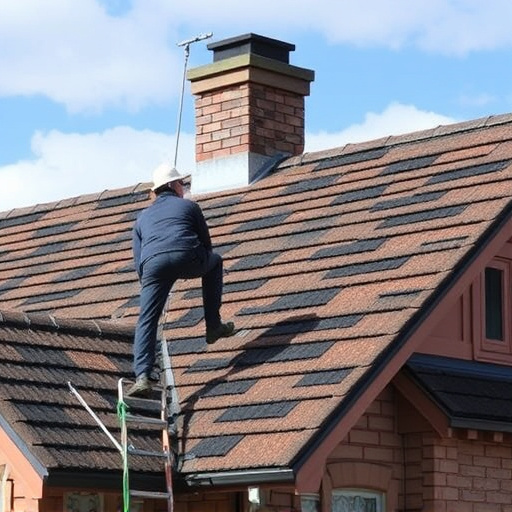
When it comes to maintaining and enhancing your wood siding, understanding the differences between sealants, paints, and stains is key. Sealants are designed to protect the wood by creating a barrier against moisture, UV rays, and other environmental factors. They’re ideal for new wood or freshly restored surfaces, as they provide an extra layer of defense against wear and tear.
Paints, on the other hand, offer both aesthetic appeal and protection. They can transform the look of your wood siding while also providing insulation and a barrier against weather conditions. When choosing a paint, consider its durability, especially for exterior applications. Roofing solutions and home exterior services often recommend paints tailored to withstand varying climates and exposure to sunlight. Stains, similarly, protect wood but with a more subtle effect, allowing the natural grain and character of the wood to show through while adding a layer of shielding against the elements.
When to Replace vs. Maintain Wood Siding
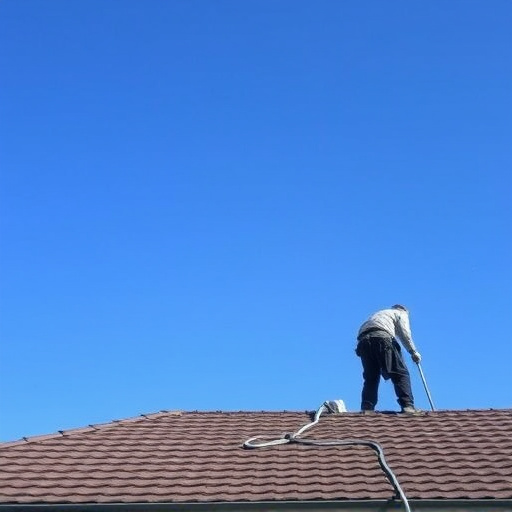
The decision to replace or maintain wood siding depends on several factors. If your wood siding is old, damaged, or showing signs of rot and decay, it might be time for a replacement. Regular inspections are crucial to identifying these issues early on, as immediate action can prevent further damage and costly repairs in the future. For instance, visible cracks, warping, or peeling paint could indicate structural problems that necessitate a full siding installation.
In contrast, if your wood siding is generally intact but requires cosmetic touch-ups, painting or staining might be the way to go. Regular maintenance, such as cleaning and sealing, can also prolong the lifespan of your existing siding. Keeping an eye on weather patterns, regular inspections during seasonal changes, and prompt addressing of any issues will help determine whether a simple refresh with paint or stain is sufficient or if more extensive siding repairs or even a roof replacement might be needed in due time.
When deciding on sealing, painting, or staining your wood siding, consider the current condition and age of the surface. Regular maintenance, including repairs for any damage, is crucial for preserving the look and longevity of your wood siding. Understanding the benefits of each option – from enhancing aesthetics to protecting against weather – will help you make an informed choice. Whether it’s a simple restain or a complete replacement, taking care of your wood siding ensures it remains a beautiful and durable feature of your home for years to come.


